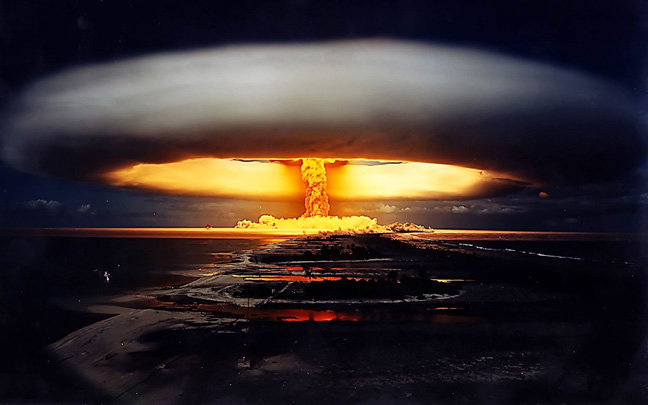There are roughly 100 billion neuron cells in the human brain which are responsible for sending and receiving electro-chemical signals to and from the brain and nervous system. By comparison, there are even more glial cells, which provide support functions for the neurons. Adding to the complexity is the fact that there are many different types of neurons in the human brain, which vary in size from 4 microns (.004 mm) to 100 microns (.1 mm) in diameter, and lengths varying from a fraction of an inch to several feet long. In mammals, most of these types of brain cells are created at — or soon after — birth, and are never renewed. Or are they?
Although studies have proven there are two regions in the brains of rodents and monkeys where new neurons continue to be created even in adulthood (1: the hippocampus, which is involved in learning and the formation of new memories, and 2: the olfactory bulb, which processes smell), scientists have never been able to prove this happens in the brains of humans. Many attempts have been made at proving this capacity for neuron regeneration in the human brain, but they have all failed. Fifteen years ago, for instance, researchers came close to proving it, but the experiments relied on a chemical called bromodeoxyuridine (BrdU) which was subsequently banned, leading to the experiments being scrapped. Another such experiment involving London taxi drivers — aimed at proving such growth in the hippocampus when it is subjected to increasing knowledge of the city — was plagued with controversy and discrepancies, and resulted in failure as well.
Last week, however, it was announced that neuroscientists, at long last, have proven that the human brain does indeed generate new brain cells throughout the course of its life. In a fascinating side story, the discovery was made possible thanks to the radioactive carbon isotope Carbon-14 that was expelled by the blasts of nuclear bomb tests between 1945 and 1963. As a result of these detonations, atmospheric levels of the radioactive isotope Carbon-14 increased dramatically during this period, and has decreased steadily since. The isotope provided researchers with a brilliant tool allowing them to perfectly identity the precise age of brain cells in post-mortem subjects. New Scientist reports: “But looking at the hippocampus in 55 post-mortem brains aged between 19 and 92, the team has now found that a subset of neurons in an area of the hippocampus called the dentate gyrus are indeed created throughout adulthood.”
“In effect, a small population of our brain cells remains permanently young, renewing itself continually.”
“By modelling the process, the team estimated that we generate around 700 new neurons every day. ‘Everyone working on adult hippocampal neurogenesis is excited about this work,’ says Thuret. The team was surprised that the ability to create new neurons appears to stay with humans longer than it does in mice. ‘In mice the decline is pretty dramatic,’ says Frisén. But instead of the 10-fold decrease between young and middle-aged mice, the team found only a four-fold decrease in humans, he says. But the newborn brain cells in humans do not appear to live long. In rodents, the hippocampus gradually gets bigger as new cells are added. ‘In mice, there is a net increase,’ says Thuret. But this is not seen in humans – in fact, our hippocampus slowly shrinks. ‘There are more dying than being born,’ she says.”
SEE ALSO: NBC NEWS Asks: Does The Brain-Training Program Lumosity™ Really Work?
SEE ALSO: Neuroscientists Can Now Control The Human Brain With Light-Based Optogenetics
SEE ALSO: International Team Of Researchers Re-Creating The Human Brain With $1.6 Billion Supercomputer Project


